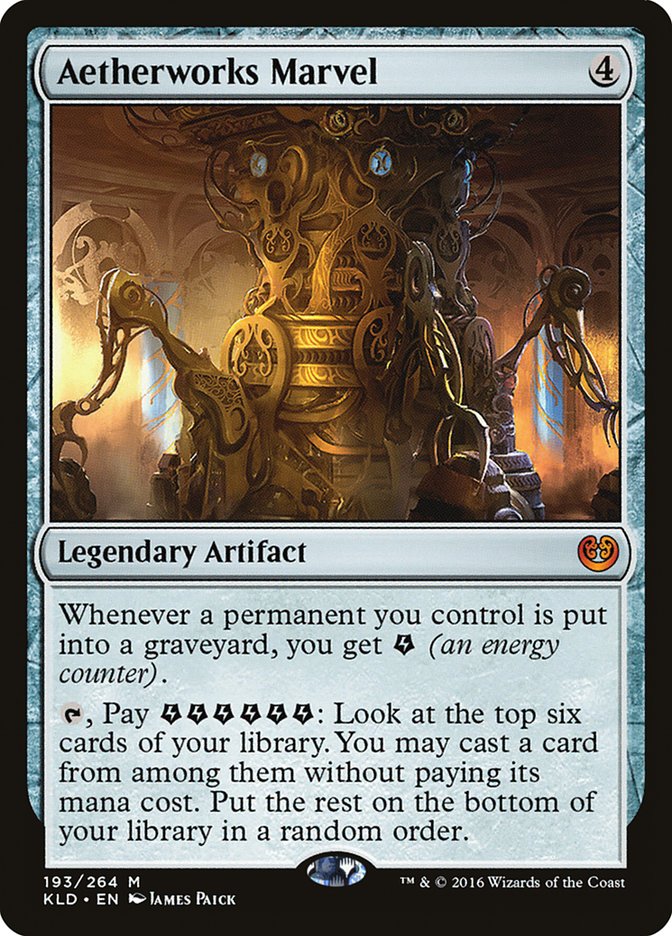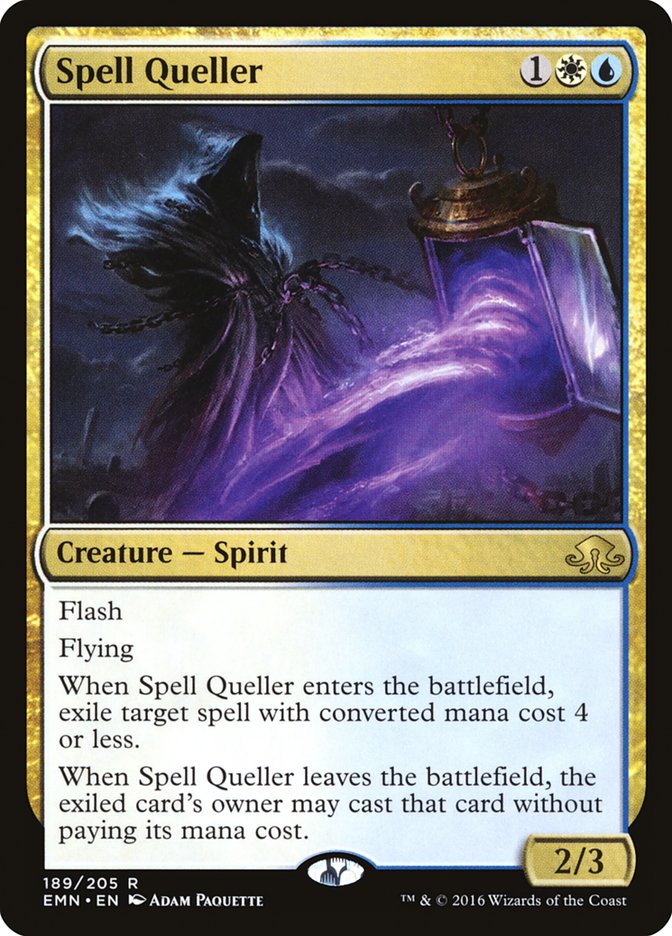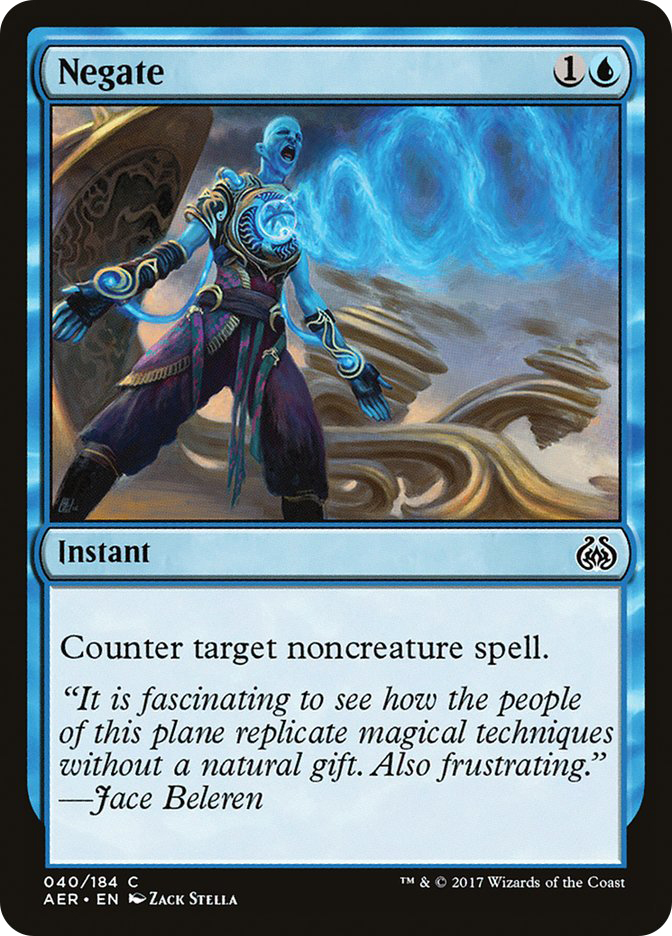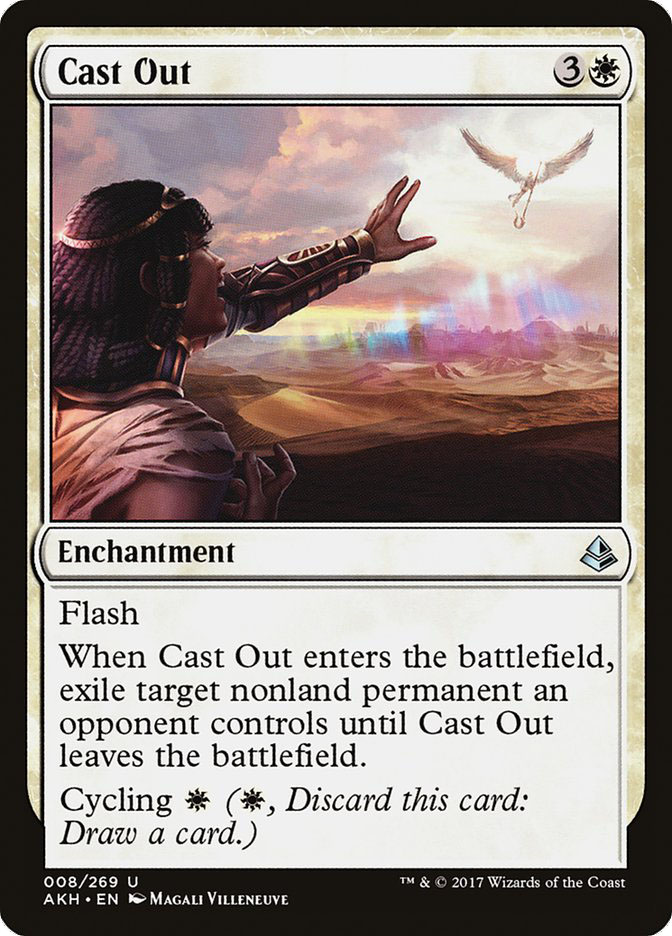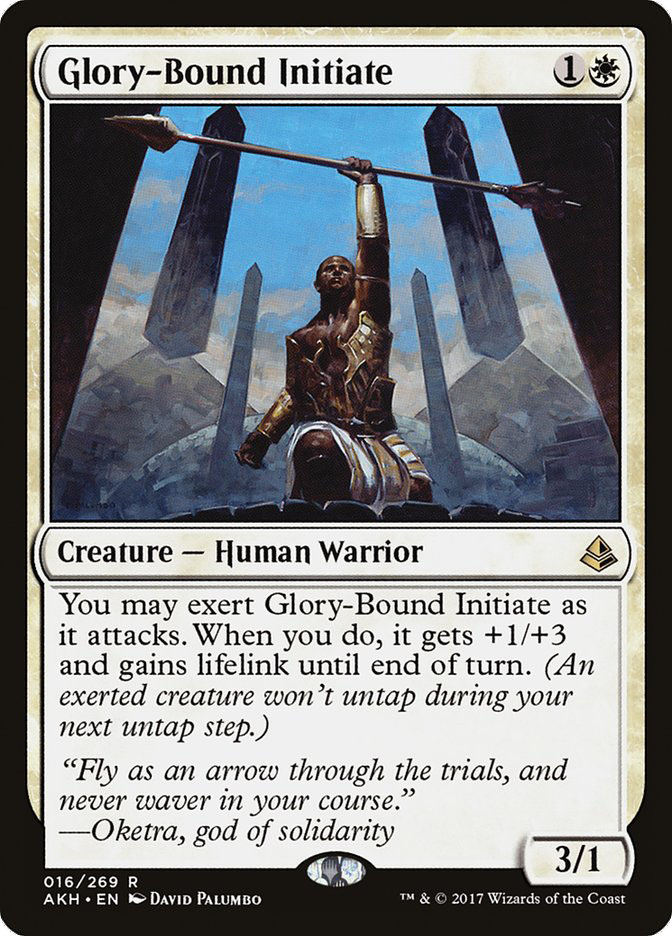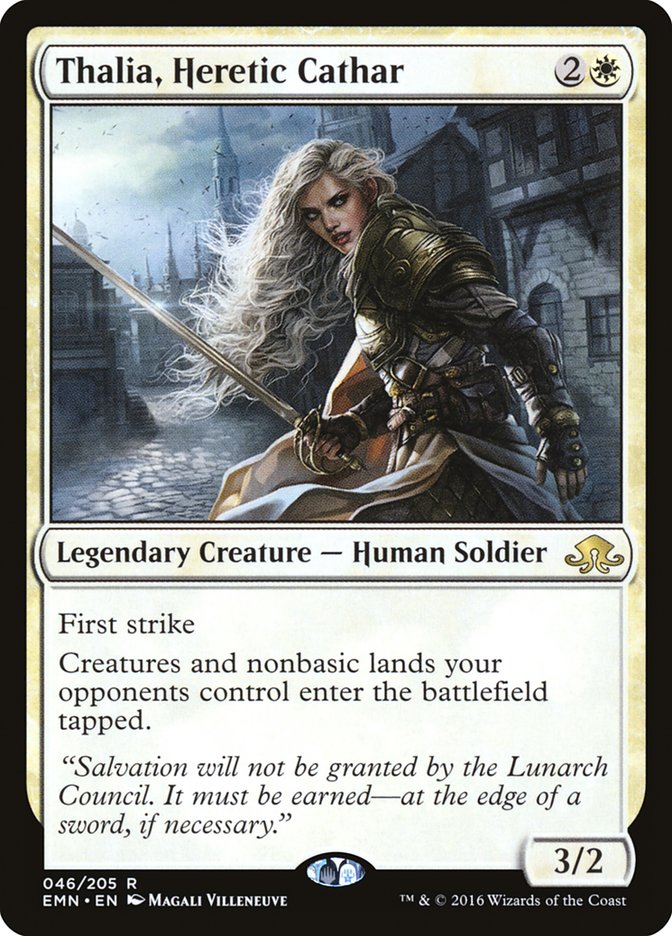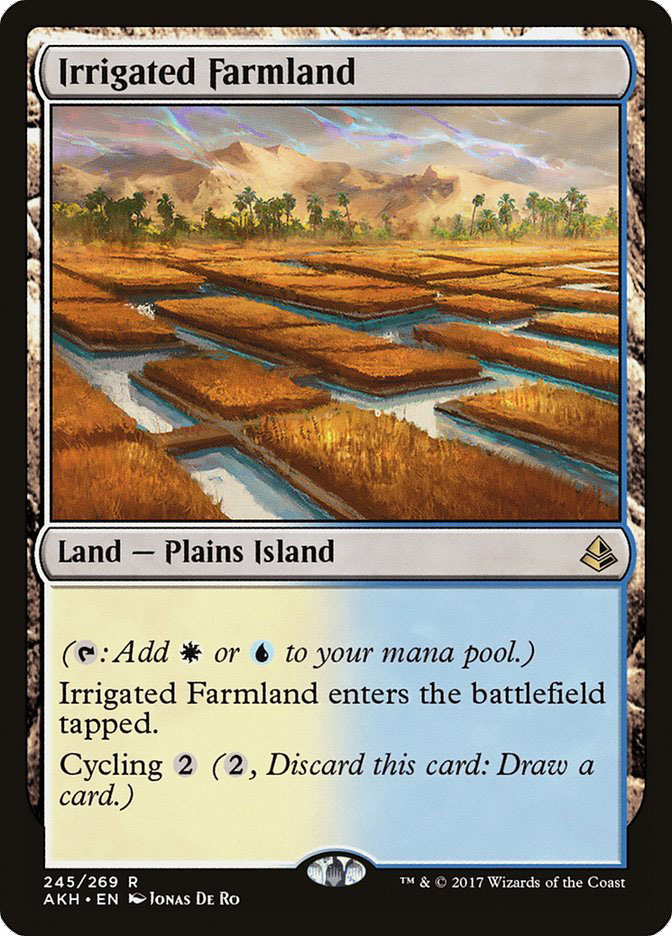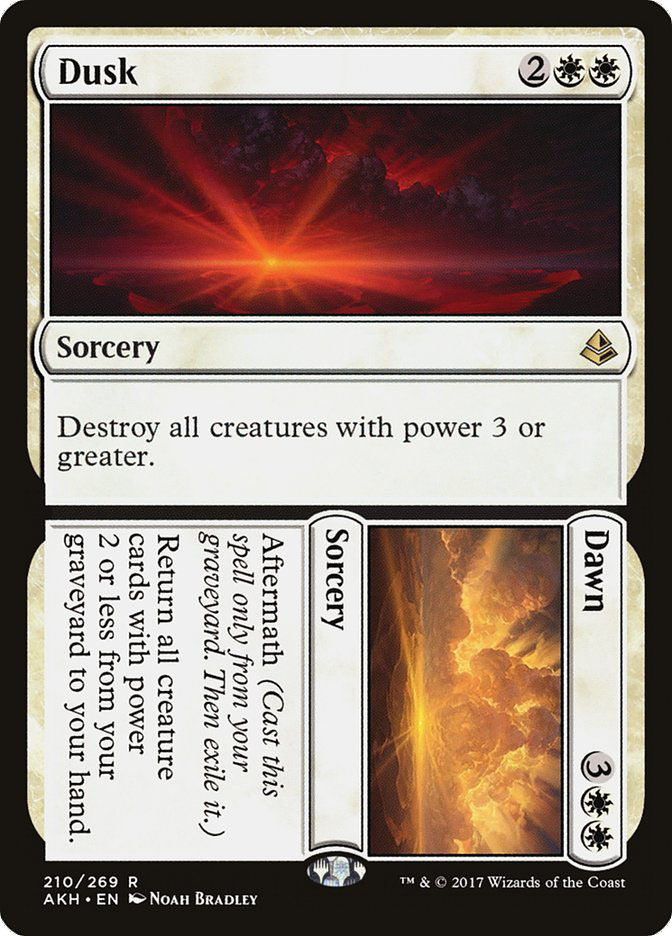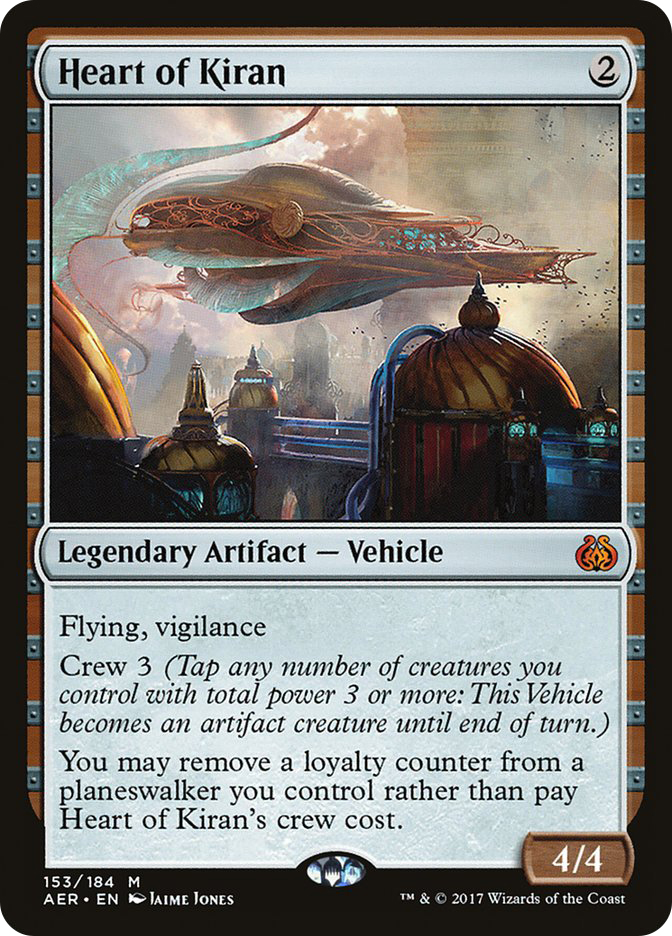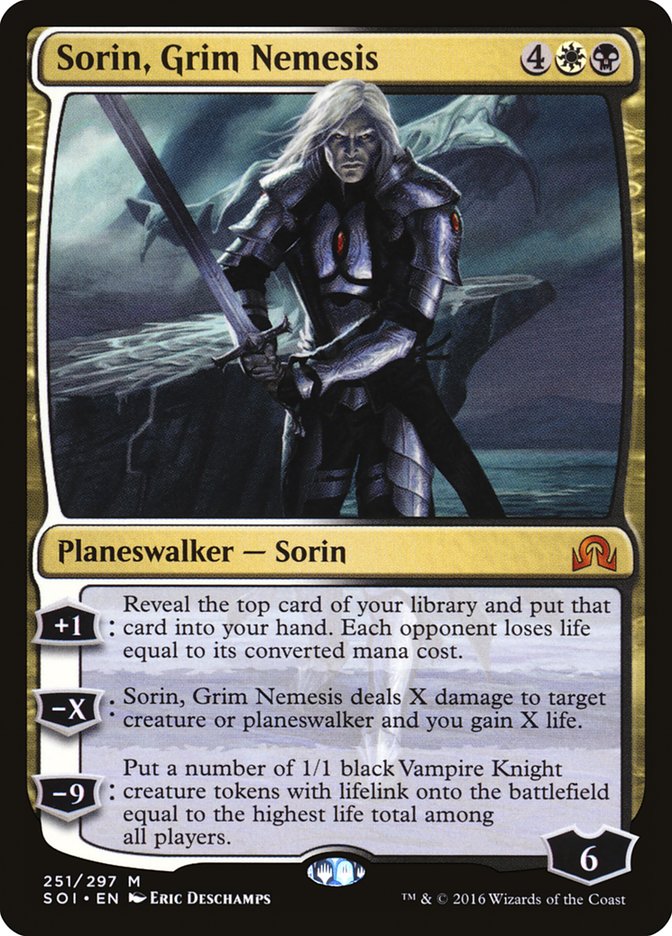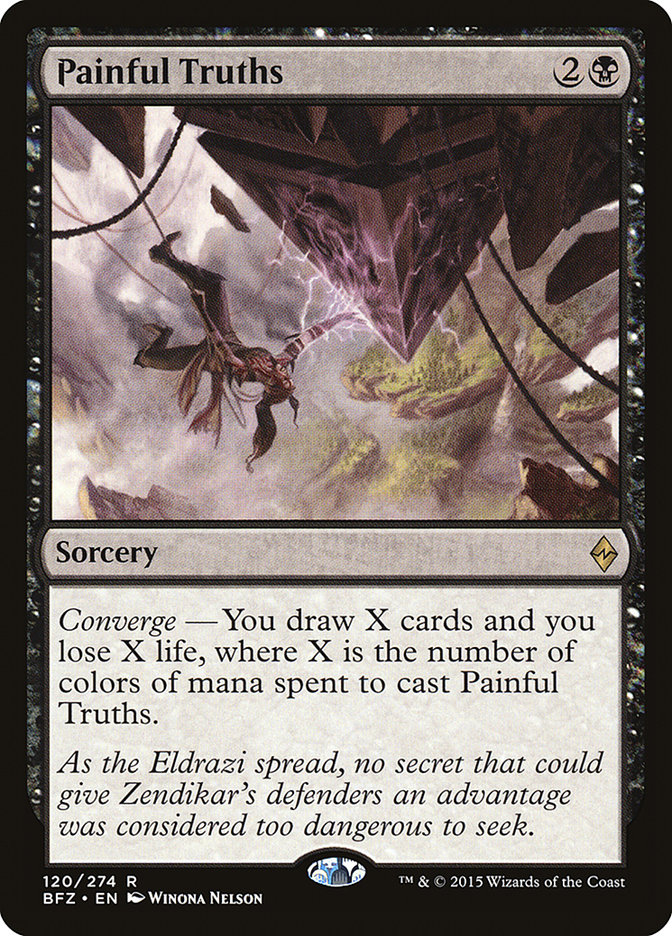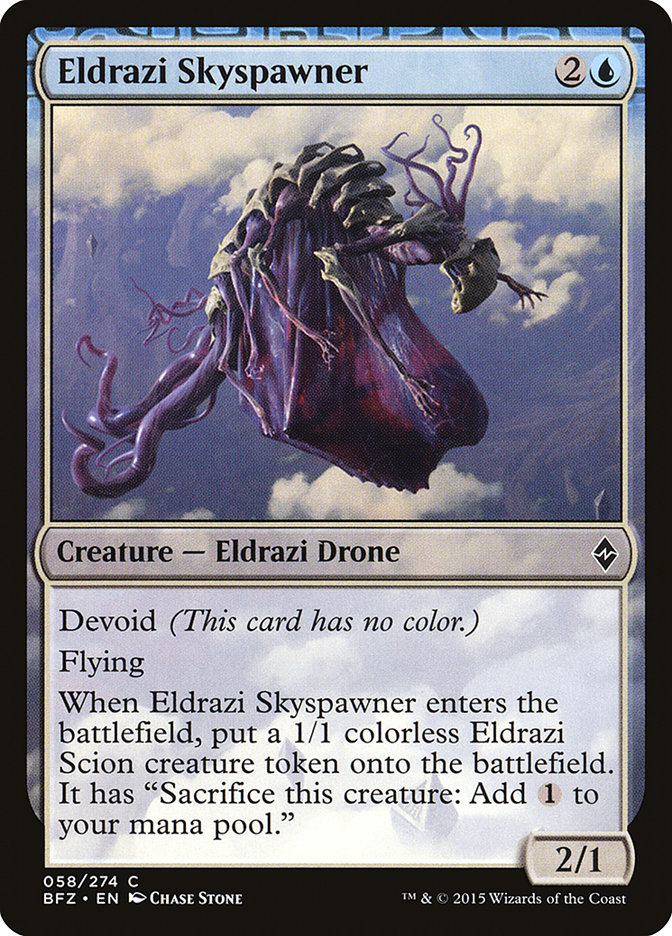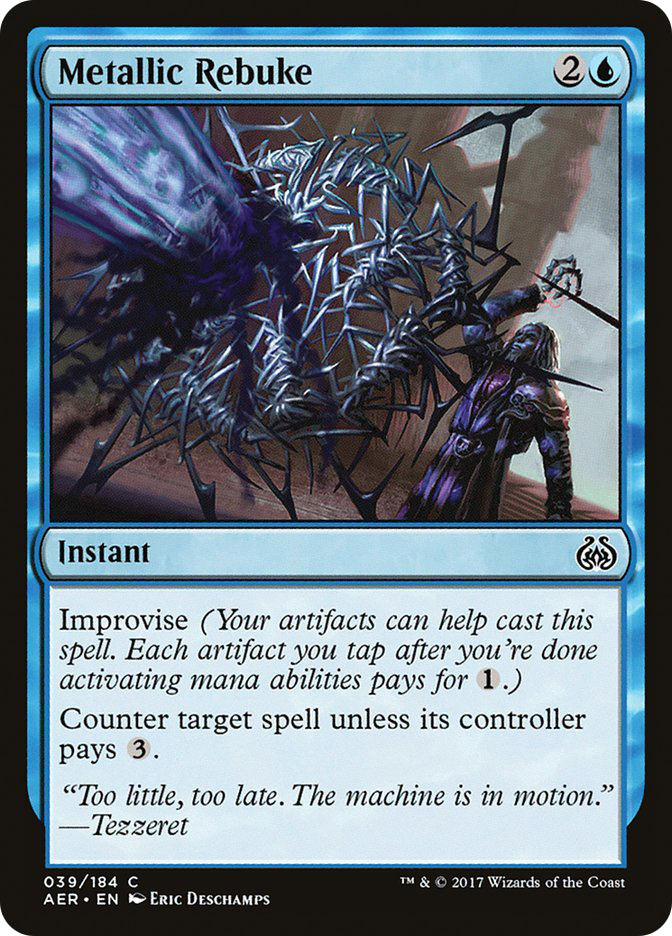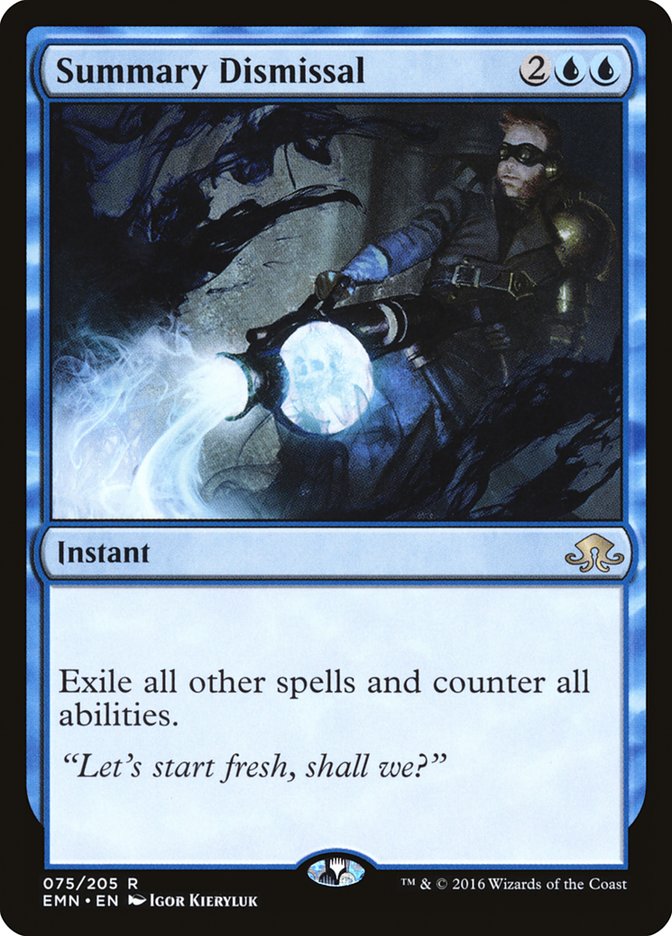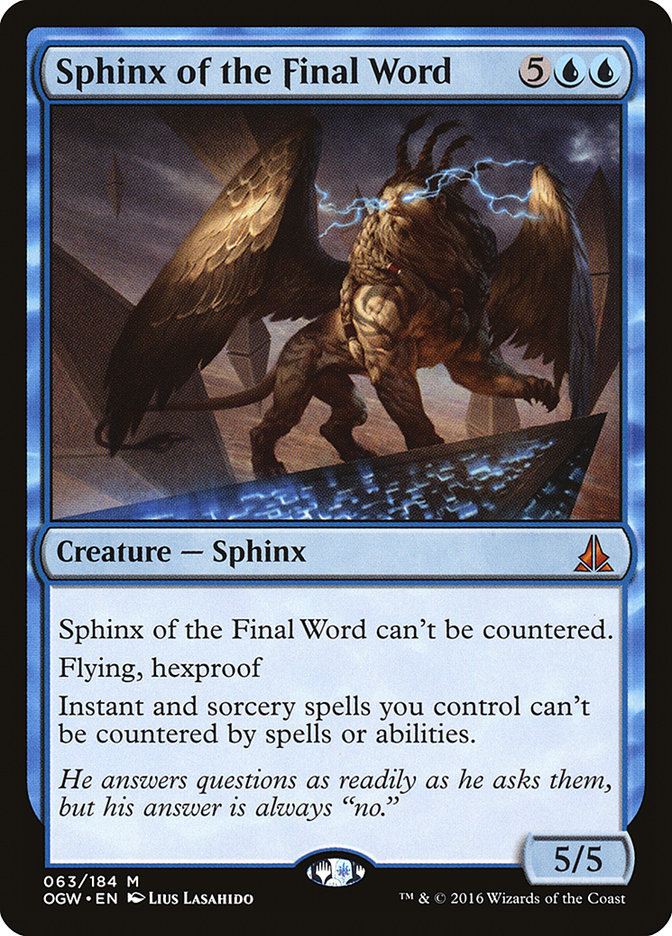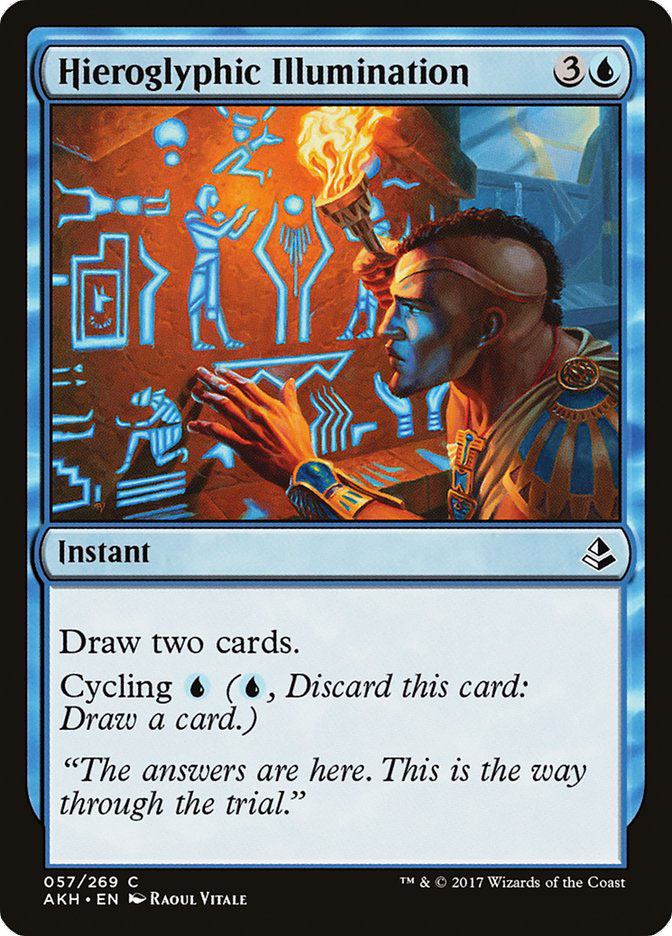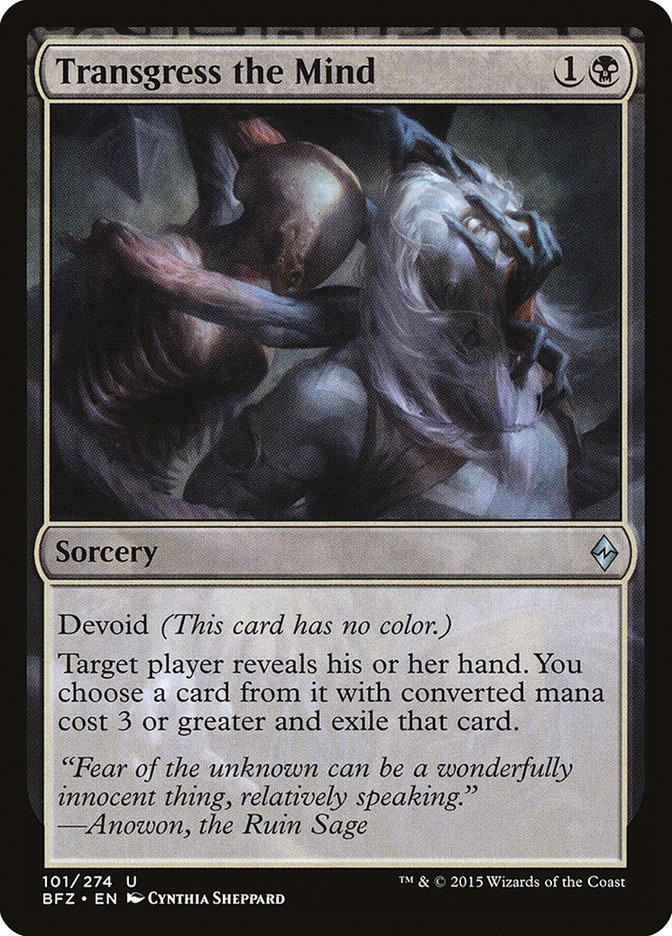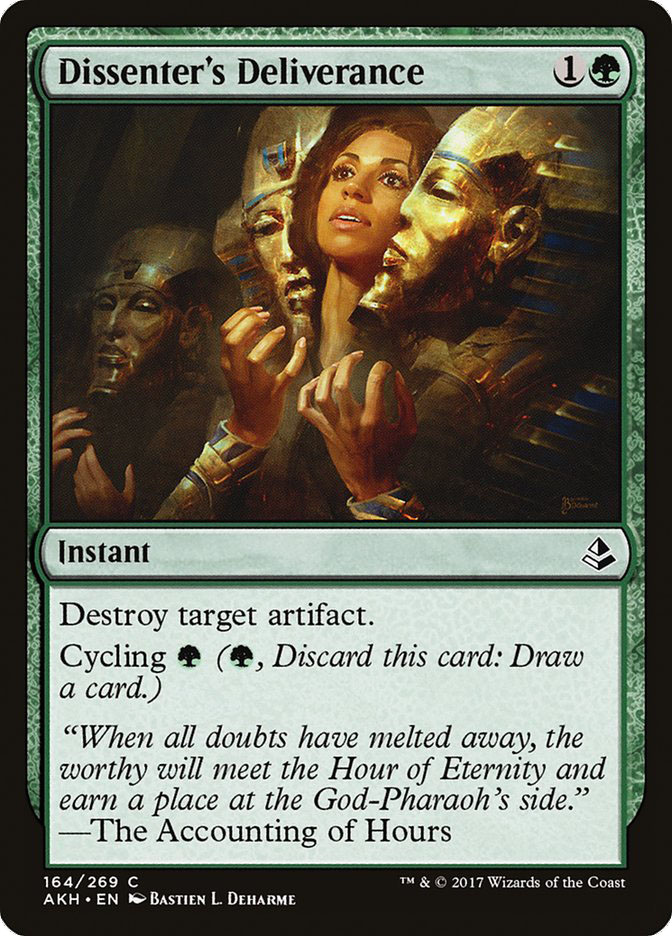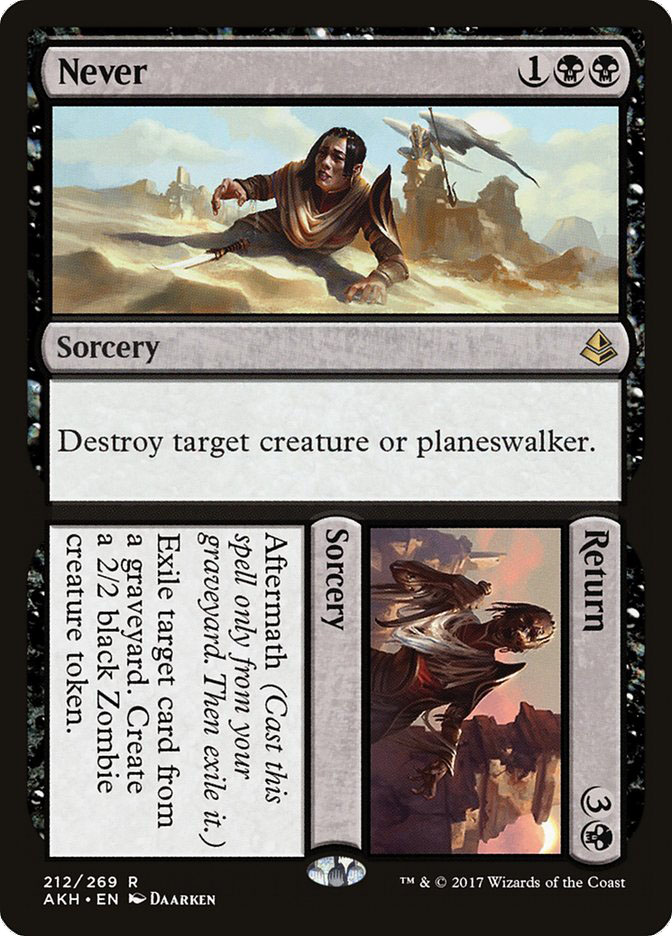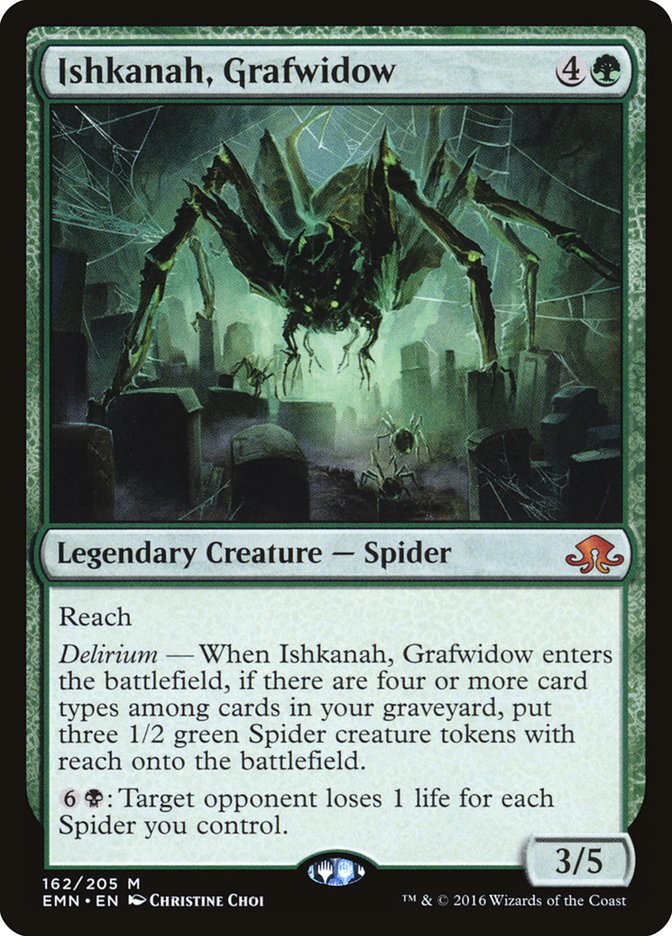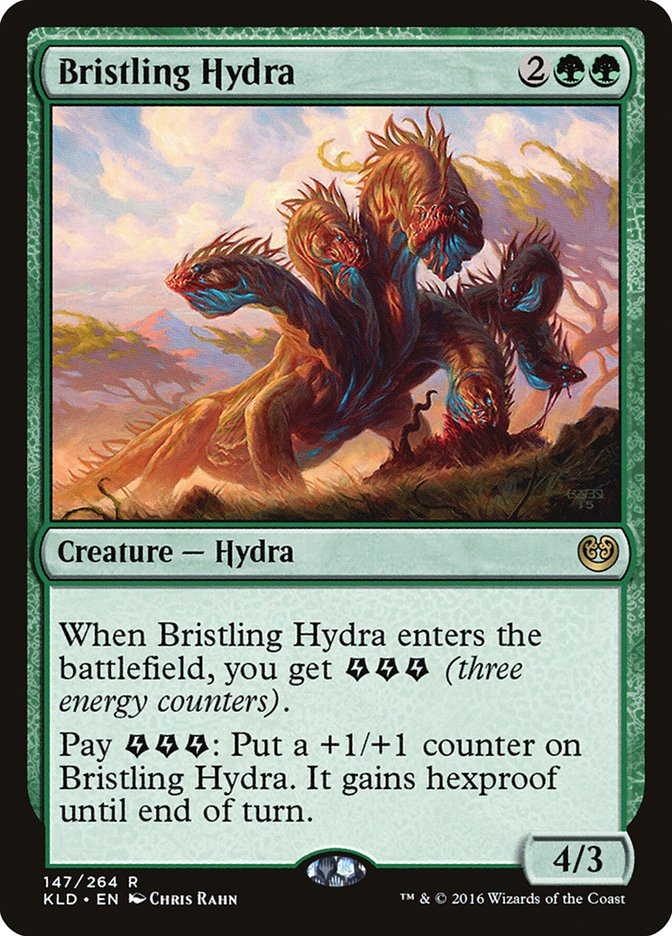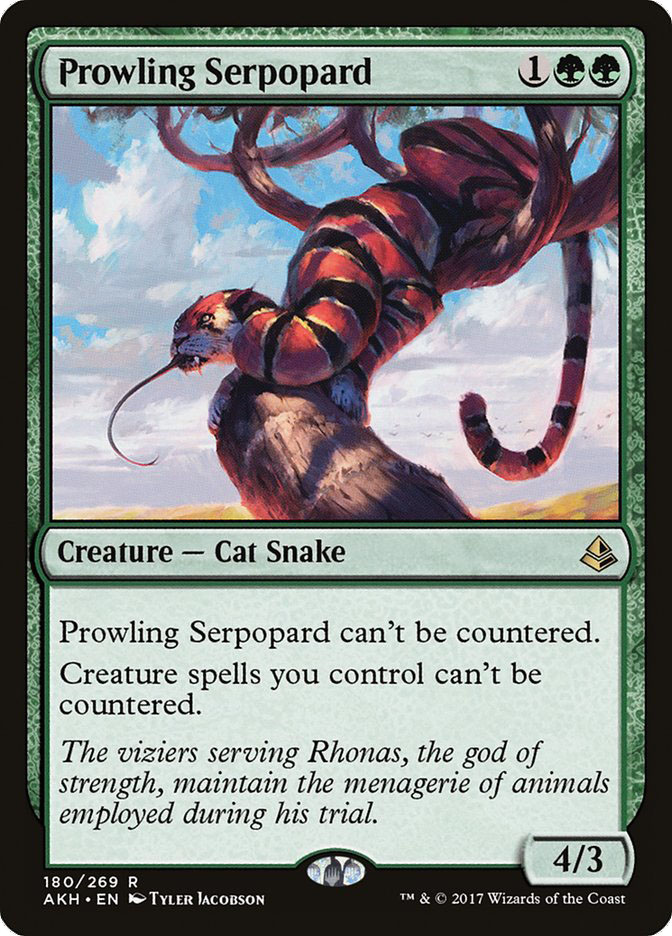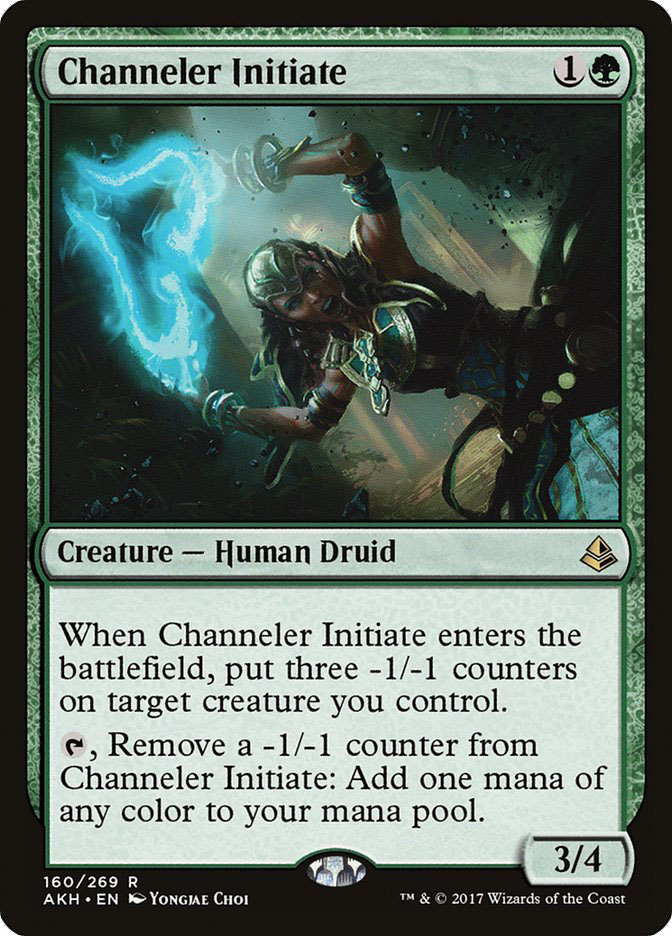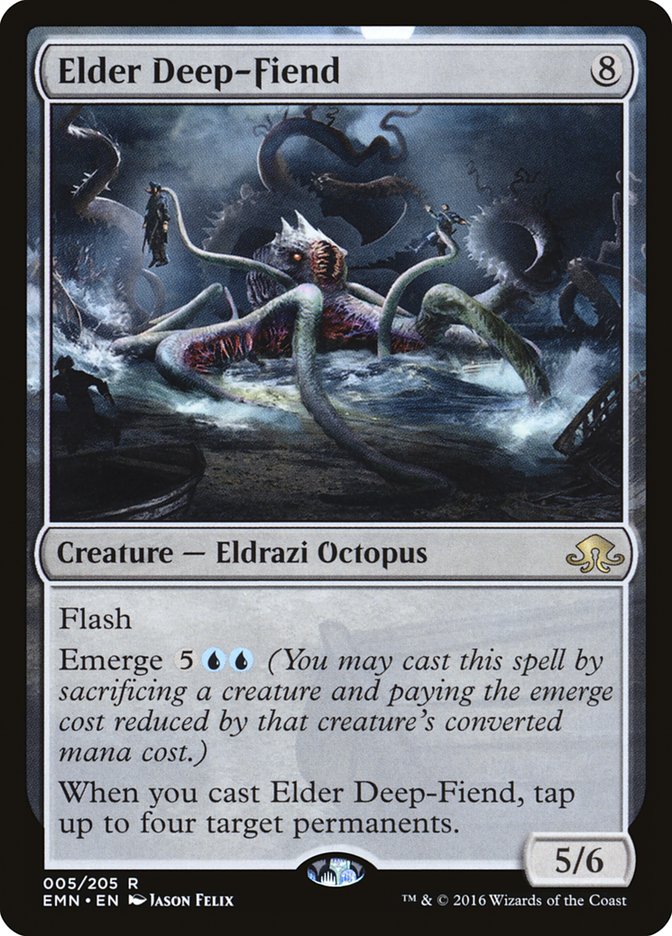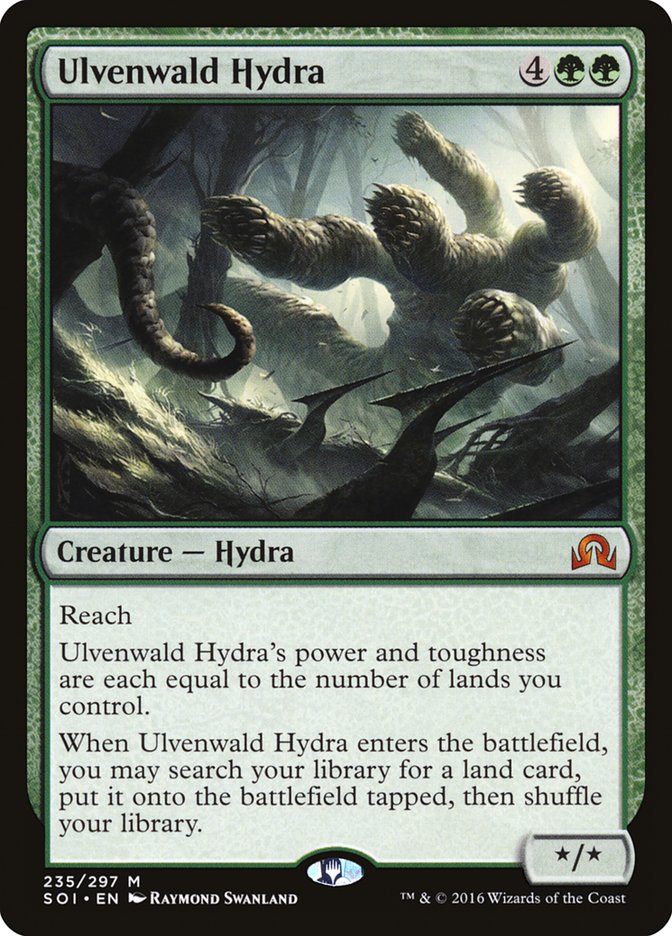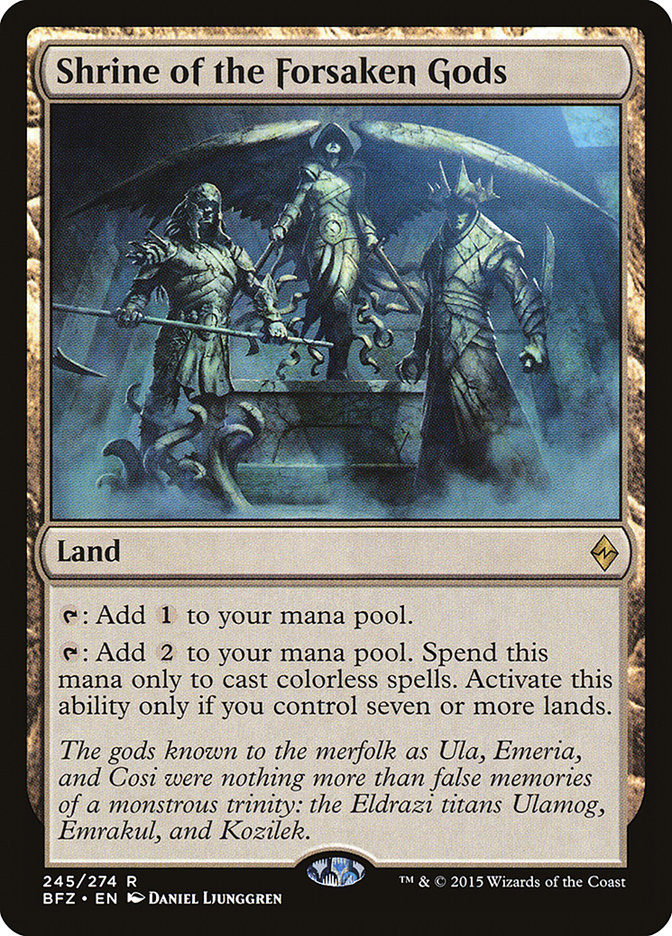Okay, maybe not exactly “flip the table,” but they do seem to make legitimate claims that this metagame might not be as solved as it appears on the surface. Three Standard GPs were held on three continents, and while Aetherworks Marvel is grossly overrepresented, we did see three different winners.
Aetherworks Marvel (usually Temur) was extremely popular in the Top 32 of all three GPs; however, we saw an interesting phenomenon in both Grand Prix Amsterdam and Grand Prix Manila.
To examine this, let’s take a look at a breakdown of the top-table metagame of each of the events, weighted by finish.
|
Archetype |
Amsterdam Top 8 |
Amsterdam 9-32 |
Manila Top 8 |
Manila 9-32 |
Omaha Top 8 |
Overall Meta |
|
Temur Aetherworks |
9.7% |
62.5% |
12.9% |
40.6% |
74.2% |
40.1% |
|
B/G Aggro |
48.4% |
9.4% |
9.7% |
21.9% |
16.1% |
21.0% |
|
U/W Flash |
12.9% |
3.1% |
35.5% |
15.6% |
0.0% |
13.4% |
|
R/G/X Energy Aggro |
12.9% |
6.3% |
9.7% |
9.4% |
9.7% |
9.6% |
|
Mardu Vehicles |
0.0% |
6.3% |
12.9% |
9.4% |
0.0% |
5.7% |
|
U/R Control |
16.1% |
6.3% |
0.0% |
3.1% |
0.00% |
5.1% |
|
Mono-Black Zombies |
0.0% |
6.3% |
9.7% |
0.0% |
0.0% |
3.2% |
While it’s tempting to assume that this is somehow proof of the weakness of Aetherworks Marvel at the top, the reality is that this sample size is so small, and Aetherworks Marvel’s dominance so long; it’s more likely we’re just seeing a survivorship bias. The decks in the Top 8 did finish ahead of Aetherworks in this sample; however, what about all of the other B/G Aggro decks throughout the event? It’s not like these were the only ones. Why aren’t we counting just how many B/G Aggro decks these Top 32 Marvel decks finished ahead of?
While the weekend started out promising for non-Aetherworks Marvel decks, GP Omaha served as a great reminder of just how easy it is to get carried away with a narrative involving a small sample size. Why didn’t we see B/G ahead of Marvel in the final rounds there? It’s not like it wasn’t being played there as well.
The truth is, no matter how you slice it, 40% of the top tables being Temur Aetherworks is gross. That said, at least we’ve got some new tech threatening to shift the balance of power. While B/G Aggro is nothing new, the real buzz of the weekend (aside from how busted Aetherworks Marvel is) was the return of Spell Queller.
For as long as players have been casting Aetherworks Marvel, Spell Queller has been helping rein them in. This weekend was no different, with an interesting assortment of Spell Queller decks putting up great finishes. Spell Queller’s best finish of the weekend was the W/U Flash deck Ryoichi Tamada used to take home the trophy in GP Manila.
Creatures (22)
- 4 Archangel Avacyn
- 4 Thraben Inspector
- 2 Thalia, Heretic Cathar
- 4 Spell Queller
- 4 Selfless Spirit
- 4 Glory-Bound Initiate
Planeswalkers (4)
Lands (25)
Spells (9)
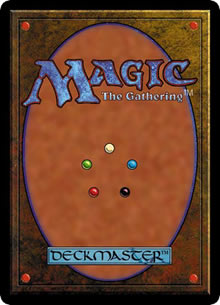
This is a very straightforward build of the strategy with a few subtle tuning decisions. To start with, Tamada runs three copies of maindeck Negate to go along with his four Stasis Snares and two Cast Outs.
This is fewer creatures than we’re used to seeing out of W/U Flash. Negate over Rattlechains or Scrapheap Scrounger also speaks to the importance of stopping an early Aetherworks Marvel while also having general utility against everyone. Mardu has planeswalkers and Unlicensed Disintegration. Zombies has Liliana’s Mastery and Dark Salvation. U/R Control has a million cards to hit. There’s just no shortage of good targets for Negate these days.
While Glory-Bound Initiate has been a staple in most W/U Flash decks since Amonkhet became legal, it’s worth calling out just how much power it brings to the table. The card has been seeing widespread adoption in Modern for a reason.
While Thalia, Heretic Cathar has frequently been in fashion for these kinds of decks, it’s experiencing a renaissance. First of all, the move towards Fatal Push instead of Magma Spray has obviously been great for her. Additionally, her tap ability has increased in value because of the rise of flash creatures, as well as the always popular Glorybringer. Finally, her mana disruption has been increasing in relevance because of the popularity of three-color manabases using Spire of Industry, Aether Hub, and conditional untapped duals.
One of the most interesting deckbuilding decisions Tamada made was the use of zero Irrigated Farmlands. This is an excellent example of being willing to kill your darlings when working on a creative endeavor. The colored mana requirements for this deck are not high at all, so really the question boils down to how often do you actually want to cycle your dual land versus how often you want the land to enter the battlefield untapped.
Dusk//Dawn is a very potent sideboard card that provides a much-needed gameplan against B/G besides “just getting run over.” We could use Fumigate, but Dusk//Dawn doesn’t actually kill most of our creatures, which is especially important when playing Spell Queller. Besides, who doesn’t want access to a Braingeyser for slow, attrition-based matchups?
The strength of Spell Queller against Aetherworks Marvel has helped spawn a couple of new Vehicles decks, such as Qi Wentao’s Esper Vehicles deck:
Creatures (23)
- 2 Archangel Avacyn
- 4 Thraben Inspector
- 4 Spell Queller
- 2 Selfless Spirit
- 4 Scrapheap Scrounger
- 4 Toolcraft Exemplar
- 3 Glory-Bound Initiate
Planeswalkers (4)
Lands (24)
Spells (9)

Wentao’s list is basically the W/U Flash deck, but replacing Stasis Snare with Heart of Kiran, Thalia with Toolcraft Exemplar, Negate with Metallic Rebuke, and trimming a little bit of everything (including land) to make room for Scrapheap Scrounger.
The splashing of black lets the Esper Vehicles deck sideboard somewhat like Mardu Vehicles, getting a bit bigger, more mid-rangey.
Michael Maurici’s take on Esper Vehicles was very similar, but with a notable addition:
Creatures (24)
- 2 Eldrazi Skyspawner
- 2 Archangel Avacyn
- 4 Thraben Inspector
- 4 Spell Queller
- 4 Scrapheap Scrounger
- 4 Toolcraft Exemplar
- 4 Glory-Bound Initiate
Planeswalkers (4)
Lands (24)
Spells (8)

Maurici uses a pair of Eldrazi Skyspawners to help round out the creature package in place of Selfless Spirit.
The Eldrazi Skyspawners are particularly valuable after sideboarding, where they help enable Skysovereign, Consul Flagship or Sorin, Grim Nemesis ahead of schedule.
While Esper Vehicles was the more successful of the new W/U/X Vehicles decks, Jeskai Vehicles also put up several good finishes, the highest finisher being Kelvin Chew in GP Manila.
Creatures (21)
- 4 Thraben Inspector
- 3 Spell Queller
- 4 Scrapheap Scrounger
- 4 Toolcraft Exemplar
- 2 Inventor's Apprentice
- 4 Veteran Motorist
Planeswalkers (2)
Lands (24)
Spells (13)

If Esper Vehicles is halfway between W/U Flash and Mardu Vehicles, Jeskai Vehicles is halfway between Esper Vehicles and Mardu Vehicles. It’s even got Cut//Ribbons and Scrapheap Scrounger!
Really, Jeskai Vehicles is a Mardu Vehicles deck with Spell Queller and Metallic Rebuke. However, there are even more shades in between. Cholo Pascual made Top 8 with a Mardu Vehicles list with Metallic Rebuke (but with Unlicensed Disintegration instead of Spell Queller).
Creatures (21)
- 1 Archangel Avacyn
- 4 Thraben Inspector
- 4 Spell Queller
- 4 Scrapheap Scrounger
- 4 Toolcraft Exemplar
- 4 Veteran Motorist
Planeswalkers (3)
Lands (24)
Spells (12)

There is an impressive amount of variety in these Vehicle decks. It’s also interesting to note the frequent use of less than four of Gideon, Ally of Zendikar; Unlicensed Disintegration; Spell Queller; and Archangel Avacyn. There is a lot more room for a format to grow and evolve when it can be right to play less than four copies of many of the best cards.
While Mardu decks were found frequently adopting the blue splash for percentage against Aetherworks Marvel, there were still some purists such as Dunstan Tauli, whose Mardu vehicles deck is so retro, he’s running Pia Nalaar and Cultivator’s Caravan.
Creatures (20)
- 2 Archangel Avacyn
- 4 Thraben Inspector
- 2 Pia Nalaar
- 4 Scrapheap Scrounger
- 4 Toolcraft Exemplar
- 4 Veteran Motorist
Planeswalkers (4)
Lands (24)
Spells (12)

It’s probably worth noting the widespread move away from Glorybringer. It’s not the best way to fight Marvel maindeck, and it’s not as good of a midrange plan for transforming as planeswalkers.
Even U/R Control has completed the total shift away from Glorybringer out of the sideboard, relying on Sphinx of the Final Word; Chandra, Flamecaller; Thing in the Ice; Dragonmaster Outcast; and Kefnet the Mindful:
Creatures (5)
Lands (25)
Spells (30)

I gotta admit, I’m a little surprised to see just two Negates maindeck, but I guess Tuft had to make room for that Summary Dismissal somewhere.
Summary Dismissal does everything Disallow and Void Shatter do, but you’ve got to pay extra for the flexibility. However, it has the added benefit of being a silver bullet against Ulamog, the Ceaseless Hunger going long, hitting both the trigger and the Eldrazi. Additionally, it can actually “counter” the uncounterable Sphinx of the Final Word.
While Sphinx of the Final Word has long been a popular sideboard option, Tuft’s use of it maindeck is an aggressive trump card for mirror matches. It’s also an interesting blocker in a world full of Spell Quellers and Archangel Avacyns. Mostly, however, it’s just a statement of how much Tuft expected the metagame to become more about attrition this weekend, a prediction that proved correct.
It pains me to see Hieroglyphic Illumination instead of Pull from Tomorrow, but it’s definitely possible. After all, Pull from Tomorrow obliterates midrange, basically invalidating midrange strategies. However, there are no midrange strategies left. Even the Spell Queller decks are moving towards Toolcraft Exemplar more often than not.
Obviously, Mardu, Zombies, and the multitude of flavors of B/G have some midrange elements, but they are also so fast and aggressive. Take Mark Anthony Biala’s Zombies list from GP Manila. Like all Zombie decks, he’s got plenty of five-drops and a few midrange elements, but he’s also got a bunch of aggressive one-drops.
Creatures (24)
- 4 Relentless Dead
- 4 Diregraf Colossus
- 4 Cryptbreaker
- 4 Metallic Mimic
- 4 Lord of the Accursed
- 4 Dread Wanderer
Lands (24)
- 22 Swamp
- 2 Westvale Abbey
Spells (12)

His maindeck is pretty mainstream, with his biggest “tech” the use of a couple of maindeck copies of Transgress the Mind for extra points against Aetherworks Marvel.
The midrange game would appear to be in Games 2 and 3, and Biala’s list is no different. However, in addition to Kalitas, Traitor of Ghet; Ob Nixilis Reignited; Liliana, the Last Hope; Skysovereign, Consul Flagship; and more discard, he also ran a couple of Fleetwheel Cruisers, a card many might not realize is part of the midrange battle.
Fleetwheel Cruiser can be used for diversifying your threats and reducing your vulnerability to sweepers, but it’s also for extra percentage against Chandra, Torch of Defiance, a planeswalker it lines up exactly perfectly against.
While Zombies had a few decent finishes this weekend, a lot of its market share was taken over by the resurgence of B/G Aggro decks. While the exact balance between B/G Delirium, G/B Energy, and B/G Constrictor is far from a solved problem, all of the decks have such similar cores that I think it’s best to look at them as a whole. This is especially true when you consider how many of the decks could easily be described as falling into two of those categories. For instance, Lukas Blohon’s GP Amsterdam-winning list straddles the line between Delirium and Constrictor:
Creatures (20)
- 4 Tireless Tracker
- 4 Grim Flayer
- 2 Verdurous Gearhulk
- 4 Winding Constrictor
- 2 Rishkar, Peema Renegade
- 4 Walking Ballista
Planeswalkers (4)
Lands (22)
Spells (14)

Lukas continued the evolution of Shaun McLaren’s radical new breed of black and green deck, featuring four Dissenter’s Deliverance to help enable Traverse the Ulvenwald without going all-in.
The opportunity cost on one-cost cyclers is low, and between Aetherworks Marvel, Heart of Kiran, and Torrential Gearhulk, there’s no shortage of good targets to hit. Even when you’re facing Zombies or they just don’t draw an artifact, we’re talking about a deck with no one-drops anyway. It’s nice to be able to put your mana to use, and getting closer to delirium is worth something (particularly if we power up our Grim Flayers mid-combat).
Another key feature of McLaren’s style of deck is the use of Never//Return, which Blohon has preserved. With zero Grasp of Darkness maindeck, this archetype is going to get stuck with dead cards in hand less often than previous versions. Never//Return is obviously about combating planeswalkers, but with the flexibility of being able to hit something against everyone. The aftermath ability is not only an anti-Scrapheap Scrounger or Dread Wanderer tool; it’s also a way to get extra value out of our Grim Flayers and Liliana, the Last Hope. Every time we flip one over, it’s kind of like we drew half a card.
It’s not the best time for Ishkanah, Grafwidow, at least maindeck, but I really do love having at least one in the sideboard. It’s just such a great target to Traverse for against Mardu Vehicles. It’s also a great weapon against the various W/U Spell Queller decks, particularly those with Negate instead of Metallic Rebuke.
While many players enjoyed success with the McLaren-style deck, there were also more than a few energy-oriented lists at the top, such as Rei Anthony Coo’s dedicated Energy build:
Creatures (26)
- 3 Verdurous Gearhulk
- 4 Longtusk Cub
- 4 Greenbelt Rampager
- 4 Winding Constrictor
- 3 Rishkar, Peema Renegade
- 4 Glint-Sleeve Siphoner
- 4 Walking Ballista
Planeswalkers (2)
Lands (20)
Spells (12)

With Attune with Aether instead of Traverse the Ulvenwald, Greenbelt Rampager instead of Dissenter’s Deliverance, Longtusk Cub instead of Grim Flayer, and Glint-Sleeve Siphoner instead of Tireless Tracker, Rei Anthony Coo really has gone all the way towards the energy end of the spectrum.
I particularly like the strength of Bristling Hydra in this archetype. In fact, Raphael Coors moved some into the maindeck, as seen here:
Creatures (29)
- 2 Tireless Tracker
- 3 Verdurous Gearhulk
- 4 Longtusk Cub
- 2 Bristling Hydra
- 4 Greenbelt Rampager
- 4 Winding Constrictor
- 3 Rishkar, Peema Renegade
- 4 Glint-Sleeve Siphoner
- 2 Walking Ballista
- 1 Rhonas the Indomitable
Lands (20)
Spells (11)

Bristling Hydra is a powerful card in its own right, but as the format gets grindier, its value increases. In fact, the increase in value of Bristling Hydra is one of the big reasons we’re seeing a surge of G/R Energy aggro decks built around Electrostatic Pummeler, the highest-finishing being Wee Pang Ming’s list from GP Manila.
Creatures (22)
- 4 Longtusk Cub
- 4 Voltaic Brawler
- 4 Bristling Hydra
- 4 Electrostatic Pummeler
- 4 Servant of the Conduit
- 2 Rhonas the Indomitable
Lands (21)
Spells (17)

While recent weeks have featured some G/R Energy lists very light on pump spells, Pang has gone back to Invigorated Rampage and Uncaged Fury alongside Blossoming Defense. How did he make room? Like every other red strategy this week: he cut the Glorybringers (well, moved them to the sideboard, anyway).
Prowling Serpopard does double duty here. First of all, we just want enough threats in the sideboard to be able to cut the pump spells and removal. The anti-permission clause is also obviously useful against U/R Control decks and their dozen or more counterspells; however, take care when considering it against Spell Queller decks. It may not be able to be countered, but it can be exiled by Spell Queller (or Summary Dismissal).
Bristling Hydra helped Will Craddock Top 8 GP Omaha with his interesting variation on the Energy Aggro strategy splashing blue instead of relying on pump spells.
Creatures (27)
- 3 Elder Deep-Fiend
- 4 Bristling Hydra
- 4 Whirler Virtuoso
- 4 Servant of the Conduit
- 4 Rogue Refiner
- 4 Glorybringer
- 4 Channeler Initiate
Planeswalkers (2)
Lands (21)
Spells (10)

Glorybringer! You made it!
In order to help fuel the blue splash, Craddock uses Channeler Initiate alongside Servant of the Conduit, fixing his colors while also enabling turn 3 Chandras and turn 4 Dragons. This deck isn’t about the one-shot combo kill, that the straight-up G/R Energy aggro decks typically have; rather, it’s a tempo deck that can leverage Elder Deep-Fiend to stretch a temporary advantage.
Elder Deep-Fiend was one of the best cards no one was playing, so it’s great to see it find a home. Rogue Refiner and Whirler Virtuoso are fantastic cards in their own right, but they also make excellent sacrifice fodder for the Deep-Fiend.
While this list is sweet, I’m not sure I’d be able to get away from Aetherworks Marvel and Ulamog, the Ceaseless Hunger. It may be a heartless build, but shout-out to Brad Nelson for taking home another trophy in Omaha with Temur Aetherworks. New tech can be fun, but at the end of the day, you play to win the game.
Creatures (8)
Planeswalkers (2)
Lands (23)
Spells (27)

Okay! That’s the Brad Nelson I know!


